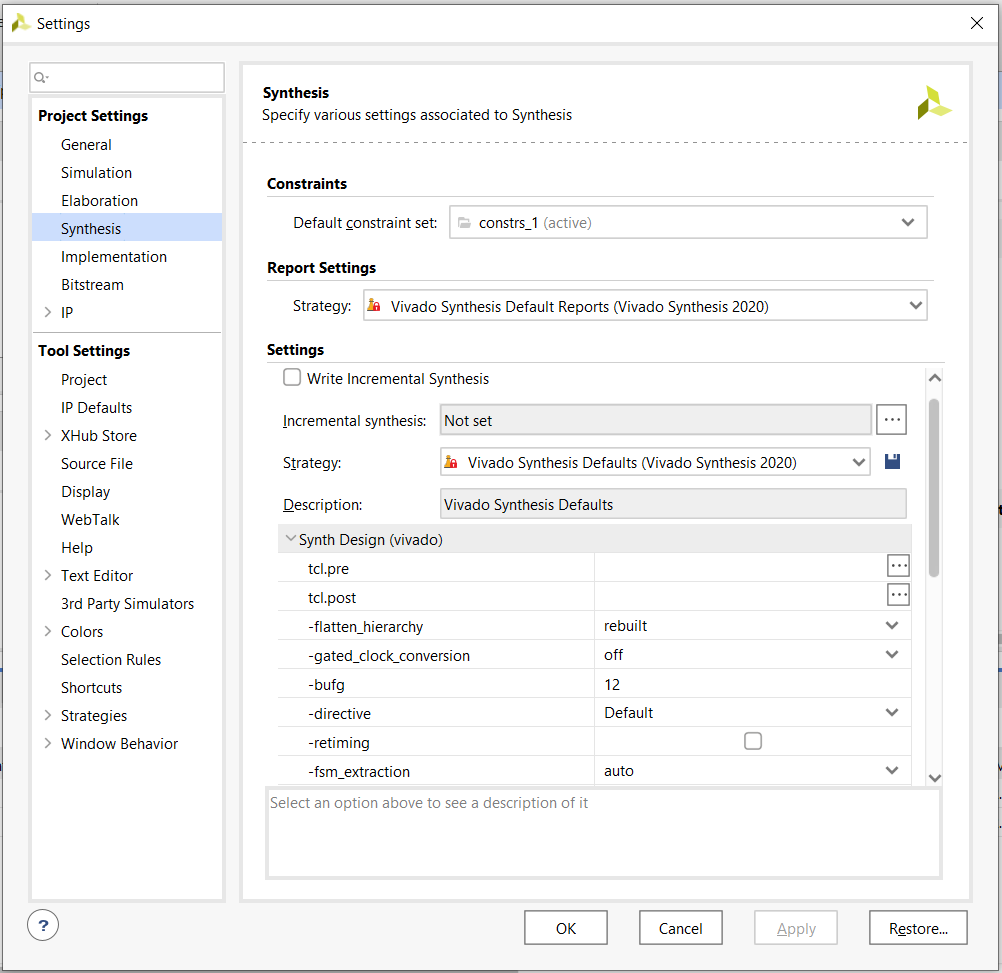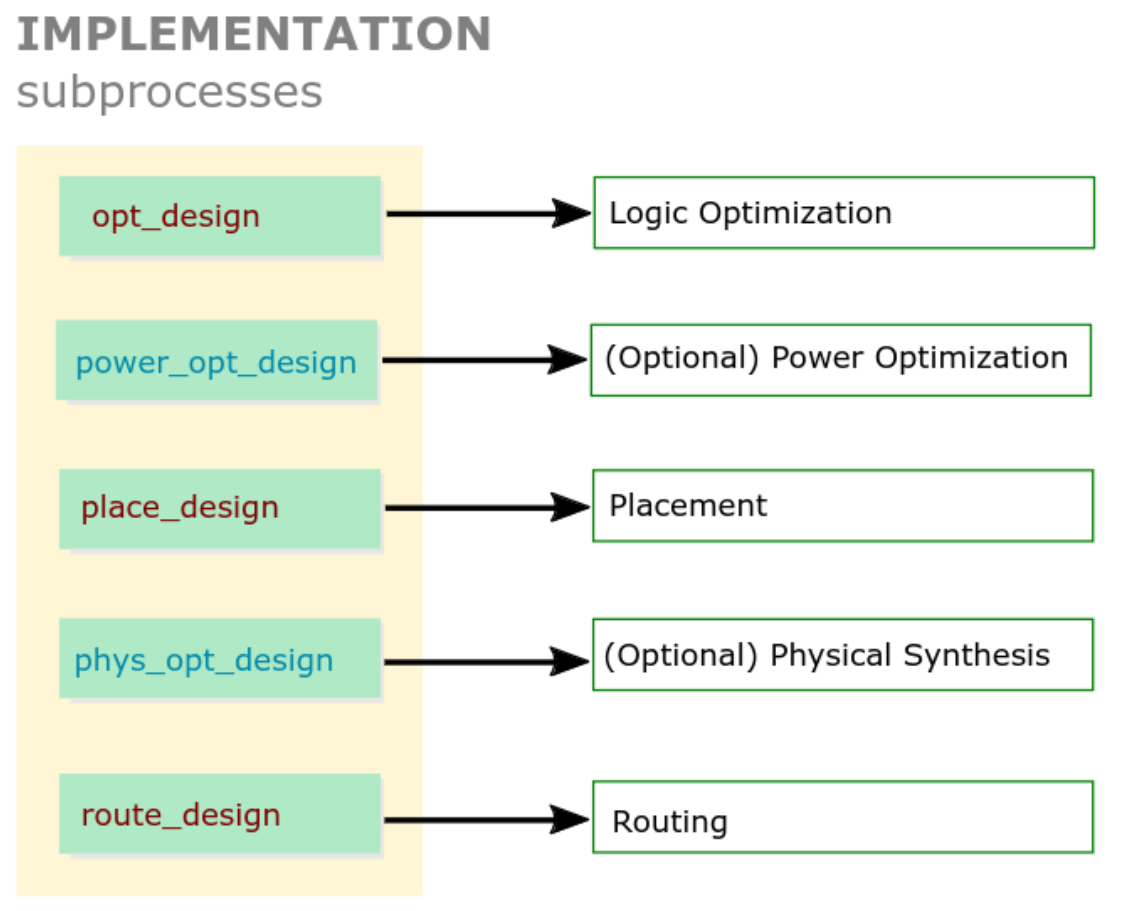Synthesizing your Design
To synthesize and implement your design, open the Vivado project file (zynq_fpga.xpr) in the folder
fpga/zynq_fpga.
The Flow Navigator pane (left of the window) contains all the available FPGA implementation flow steps.
Using this pane works in a number of steps:
- functional verification
- updating the block diagram to reflect the parameters settings from the simulation block diagram and validating this
- generating the bitstream
This is accomplished from the Flow Navigator pane, either step by step allowing to analyze the results of each step:
SYNTHESIS → Run Synthesis;IMPLEMENTATION → Run Implementation;PROGRAM AND DEBUG → Generate Bitstream
Or directly by clicking PROGRAM AND DEBUG → Generate Bitstream,
which will automatically execute all the previously mentioned steps.
Upon a successful completion the bistream file (.bit) will be created.
Normally, block diagram output products necessary for synthesis are automatically re-generated every time. However, if for some reason the older files are used, the output products can be forcefully re-generated prior to running synthesis by selecting in the Flow Navigator pane
IP INTEGRATOR → Generate Block Designand then selecting Global as the Synthesis Options.
Vivado FPGA Implementation Strategies
Depending on the algorithms and overall strategies selected within the Vivado tool synthesis and implementation* menu, slightly different FPGA implementations (with different area utilization and timing performance) can be obtained.
A strategy is a set of Vivado tool settings,
which specify the design flows and the optimization levels.
Vivado provides a set of predefined strategies for synthesis and implementation.
Alternatively, you can also create your own strategies
Vivado's Synthesis & Implementation settings, displayed below,
can be accessed from the Flow Navigator pane via Settings.


While synthesis consists of just a single subprocess,
the implementation step has multiple such subprocesses,
each consisting of a series of steps which can be optimized with specified effort level (-directive setting).
Identifying effective strategies can lead to best results based on specified design goals.
For example, you can use this when you have a performance oriented goal.
By changing the Synthesis and Implementation strategy,
minor timing closure violations (e.g., small negative slack) can be resolved.
This can even lead to a higher maximum clock frequency for the design.
For further details about the Vivado tool Synthesis and Implementation strategies, please refer to the
Vivado Design Suite User Guide - Synthesis and
Vivado Design Suite User Guide - Implementation.
